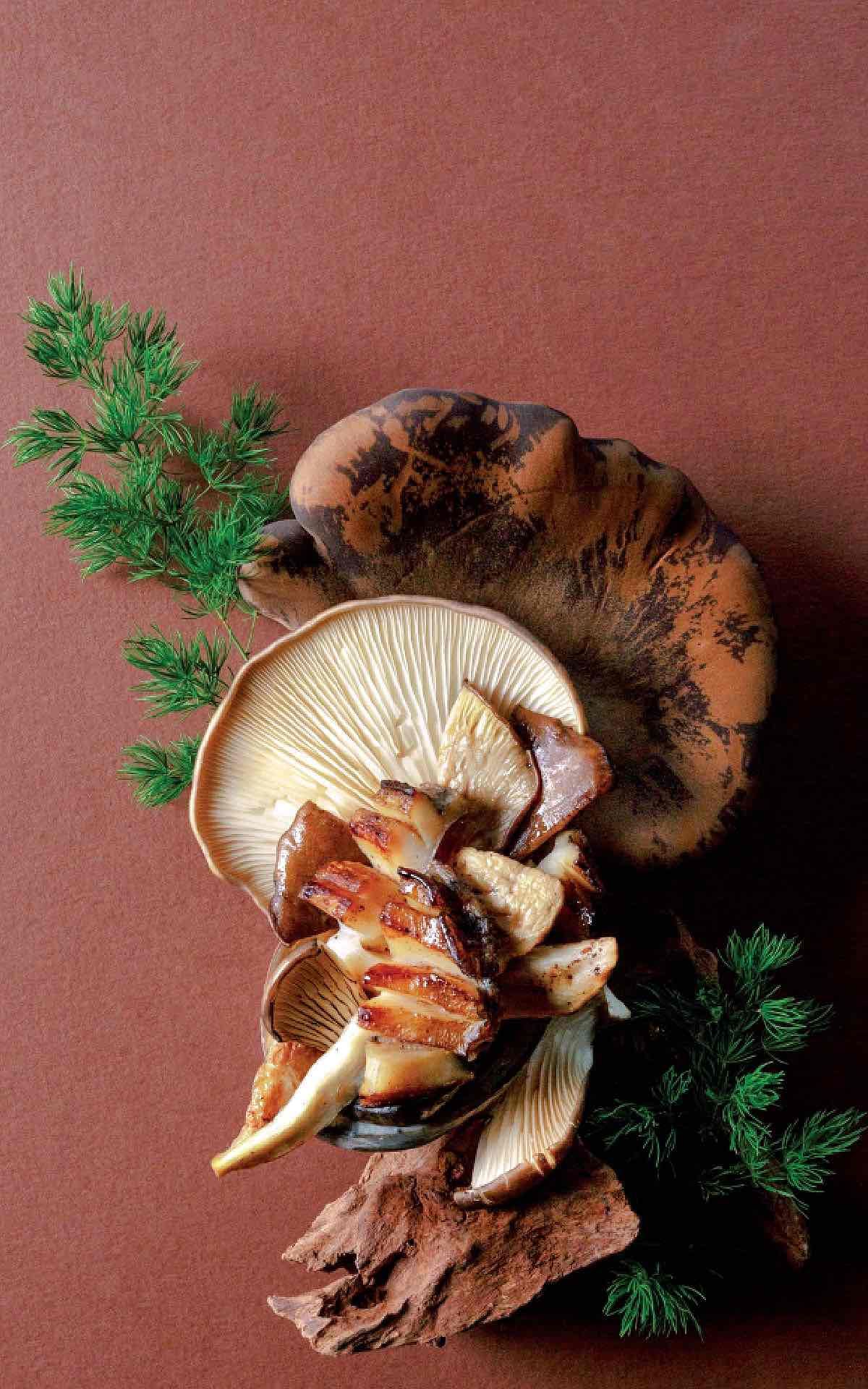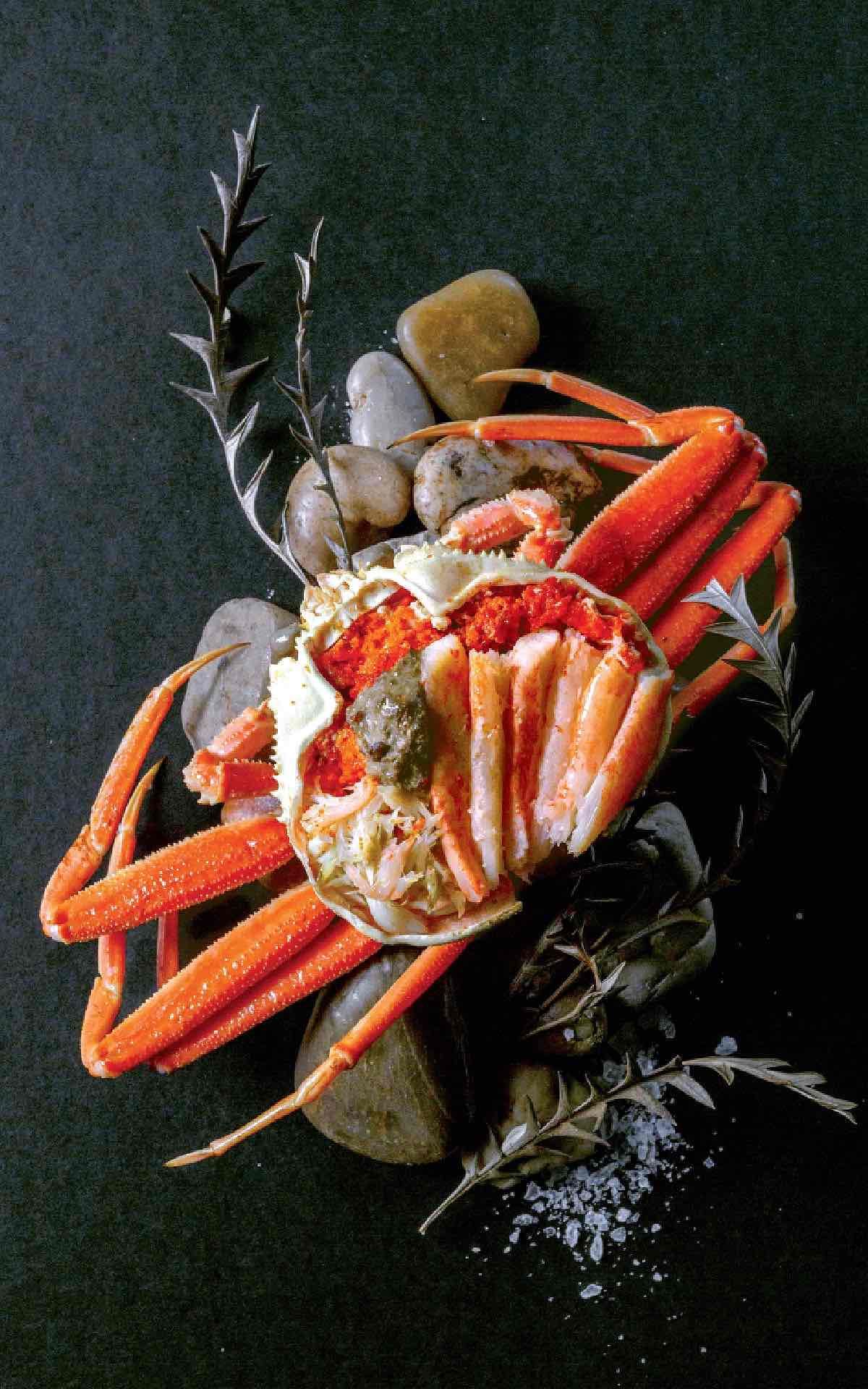A worthy match for Mother Nature’s mercurial moods, master sushi chef Norikazu Shibata of Sushi Kazu doesn’t just tweak his techniques according to season, but also takes the individual customer into consideration
With a slight tilt of the head, squint of the eyes, and dash of imagination, Sushi Kazu's logo can be said to resemble a hand and a mouth—one poised for action, the other open to receive. Could there be a more apt representation of the dynamic between a chef and his guests?
Turning food from fuel into a form of art, Norikazu Shibata can easily boast of having four decades worth of kitchen experience in Tokyo, Johannesburg and Hong Kong (hence his more than capable Cantonese), except he doesn't. The self-effacing chef, who is privy to the secrets of Edomae sushi, is a sight to behold behind Sushi Kazu's counter, his scintillating knife standing in stark contrast to his nikiri brush, which delivers soft, painterly strokes of soy sauce.
Contrary to the general opinion of omakase, which even the Michelin Guide has described as "formal" and "intimidating," a meal at Sushi Kazu is full of fun, curiosity and discovery. Happy to elevate dishes as humble as miso soup, Chef Kazu keeps his ears pricked to adhere to each customer’s price range—we challenge you to find a higher sense of hostmanship elsewhere. And because each experience is informed by the changing of seasons and the ticking of the clock, visit once, visit twice, and visit over and over again.
"Oishi" has infinite permutations.

More titillating than the sight of supermodels queued to strut their stuff on the catwalk, a comprehensive sushi course strategically begins with a neutral white fish such as seabass or grouper before segueing into different cuts of tuna, from unctuous ootoro to meaty akami.
Sweet and briny shellfish follow suit; Sushi Kazu’s precious haul might encompass akagai (arkshell clam), mirugai (Pacific geoduck), kaki (oysters) or uni (sea urchin)—a unanimous customer favourite.




